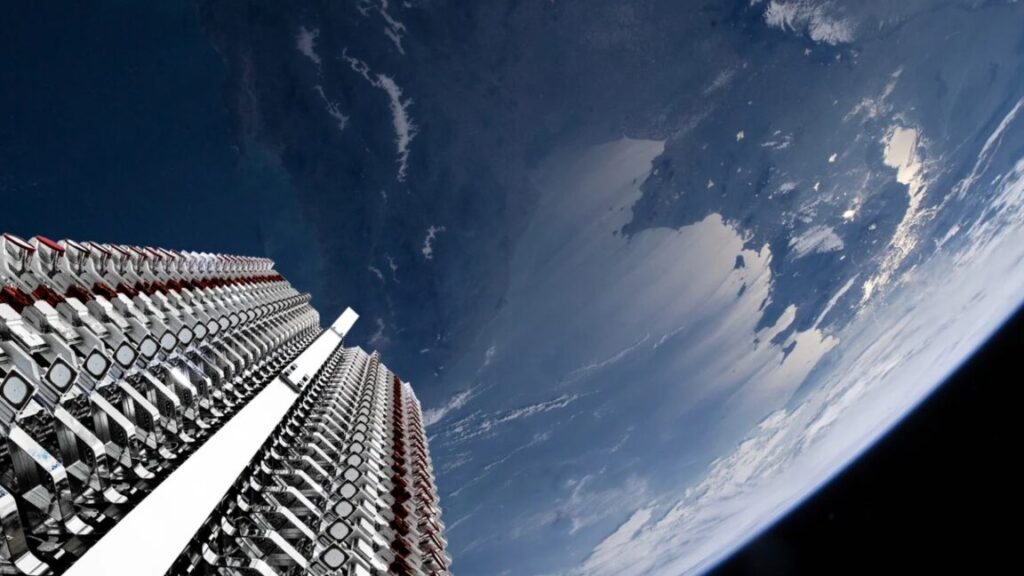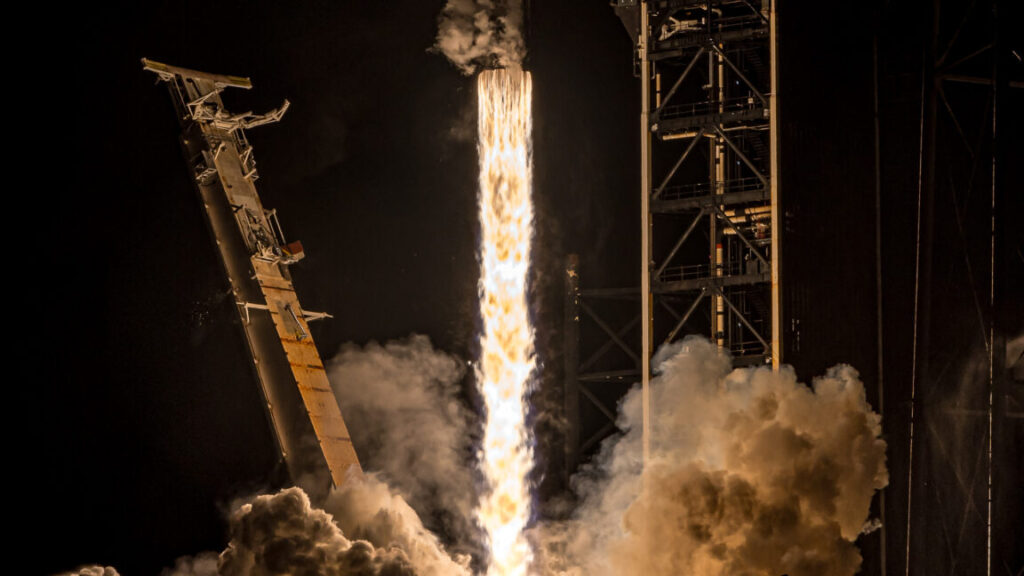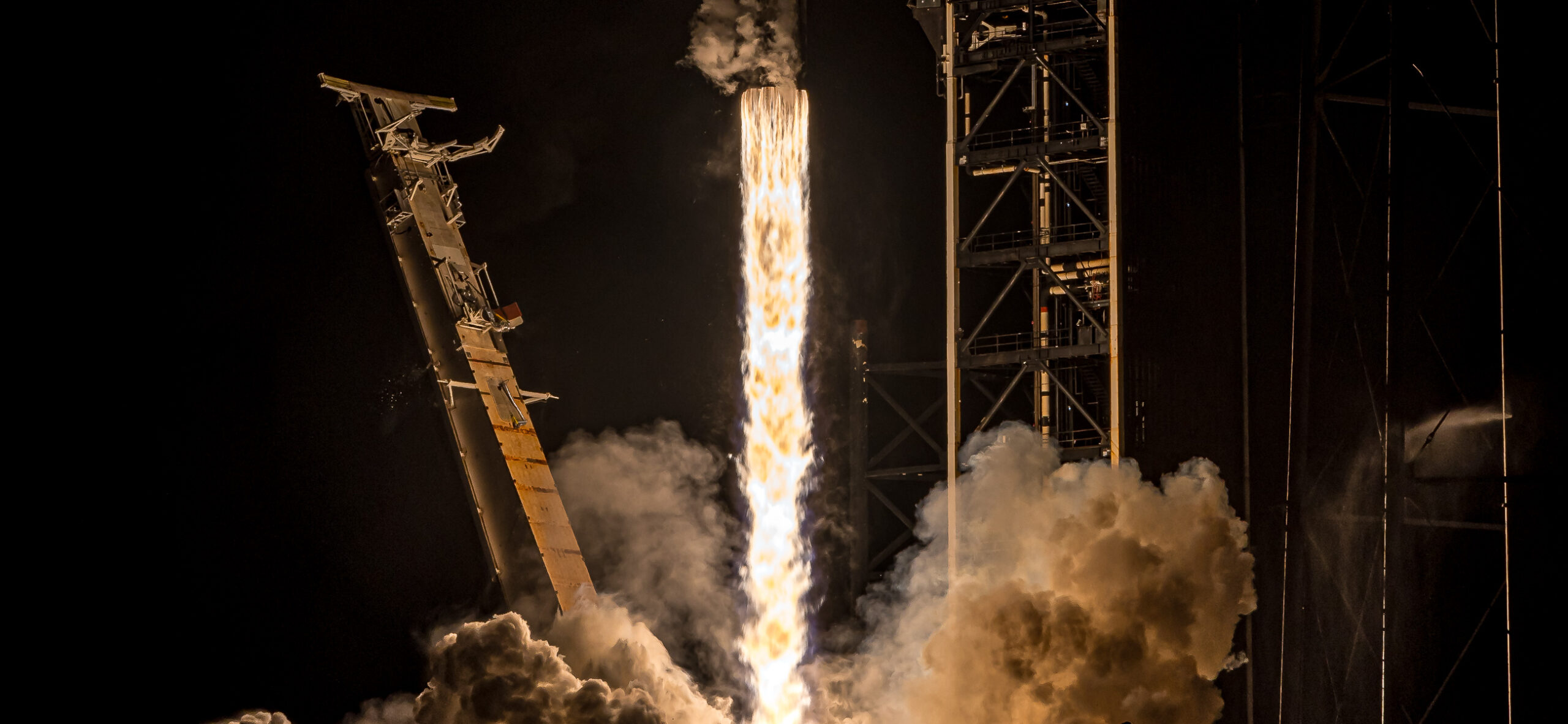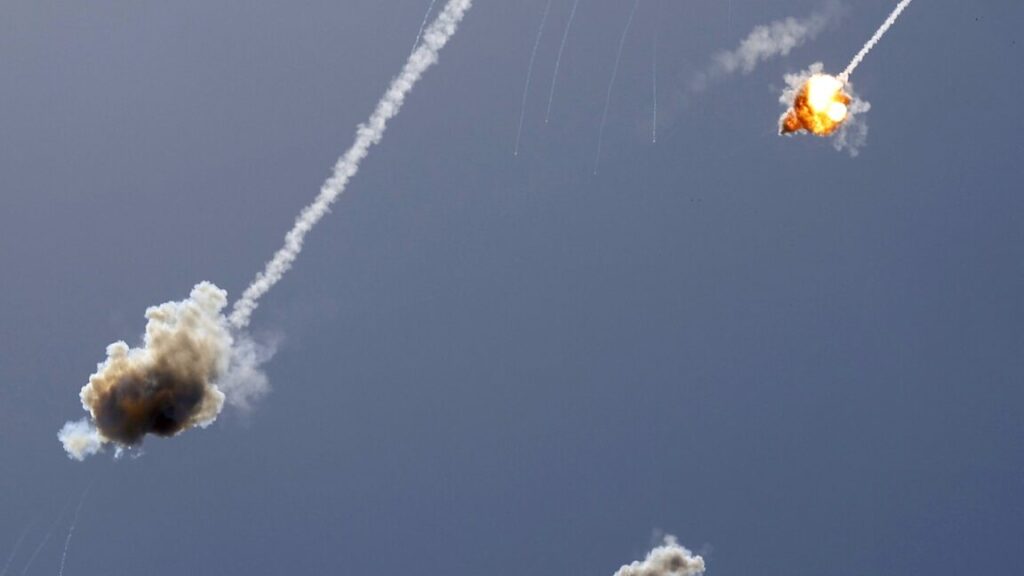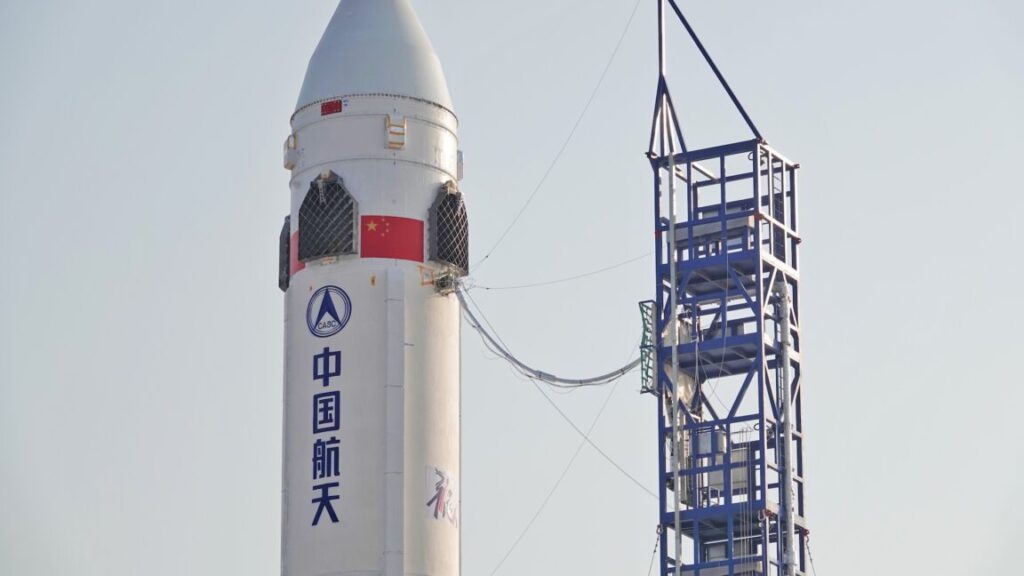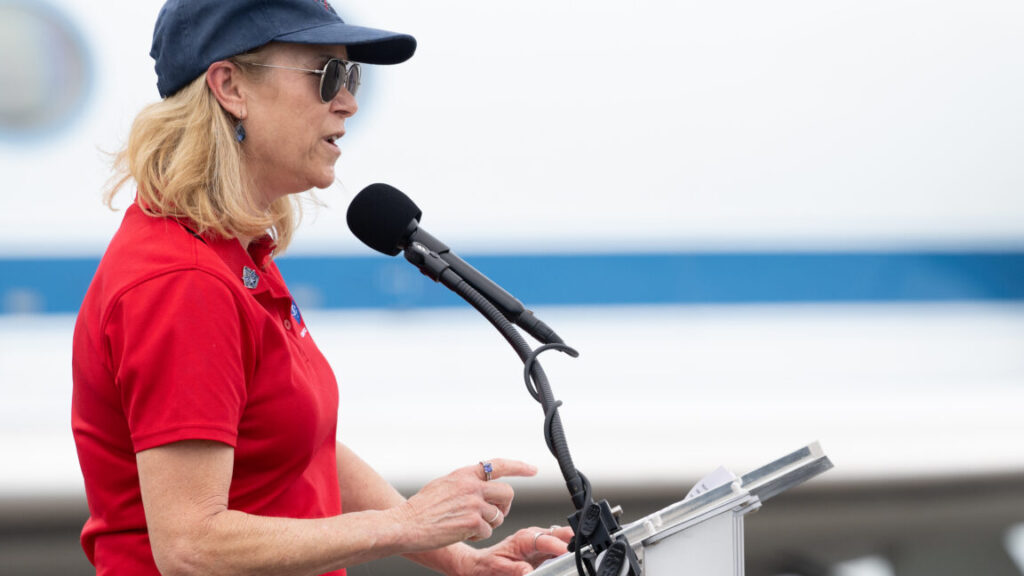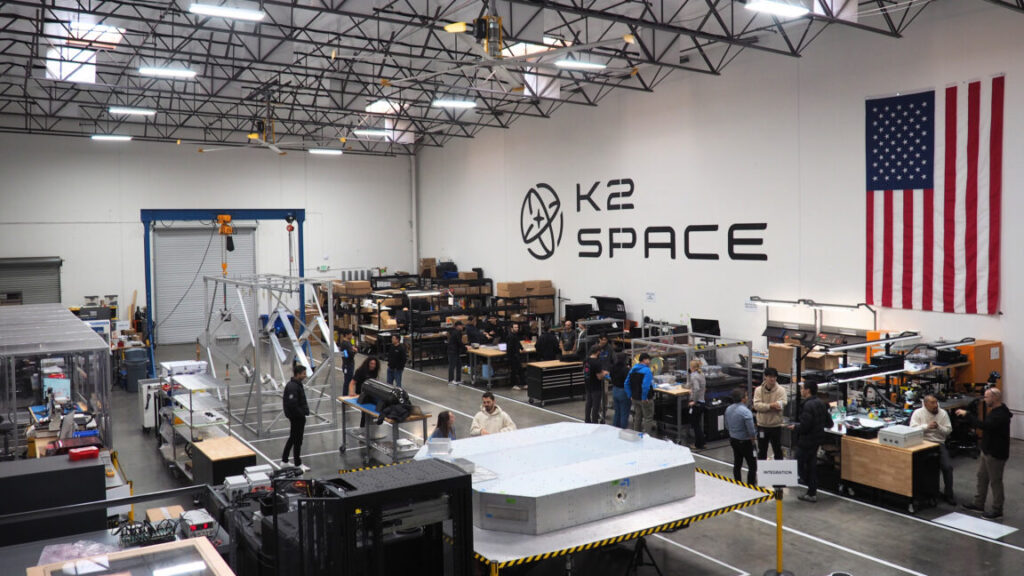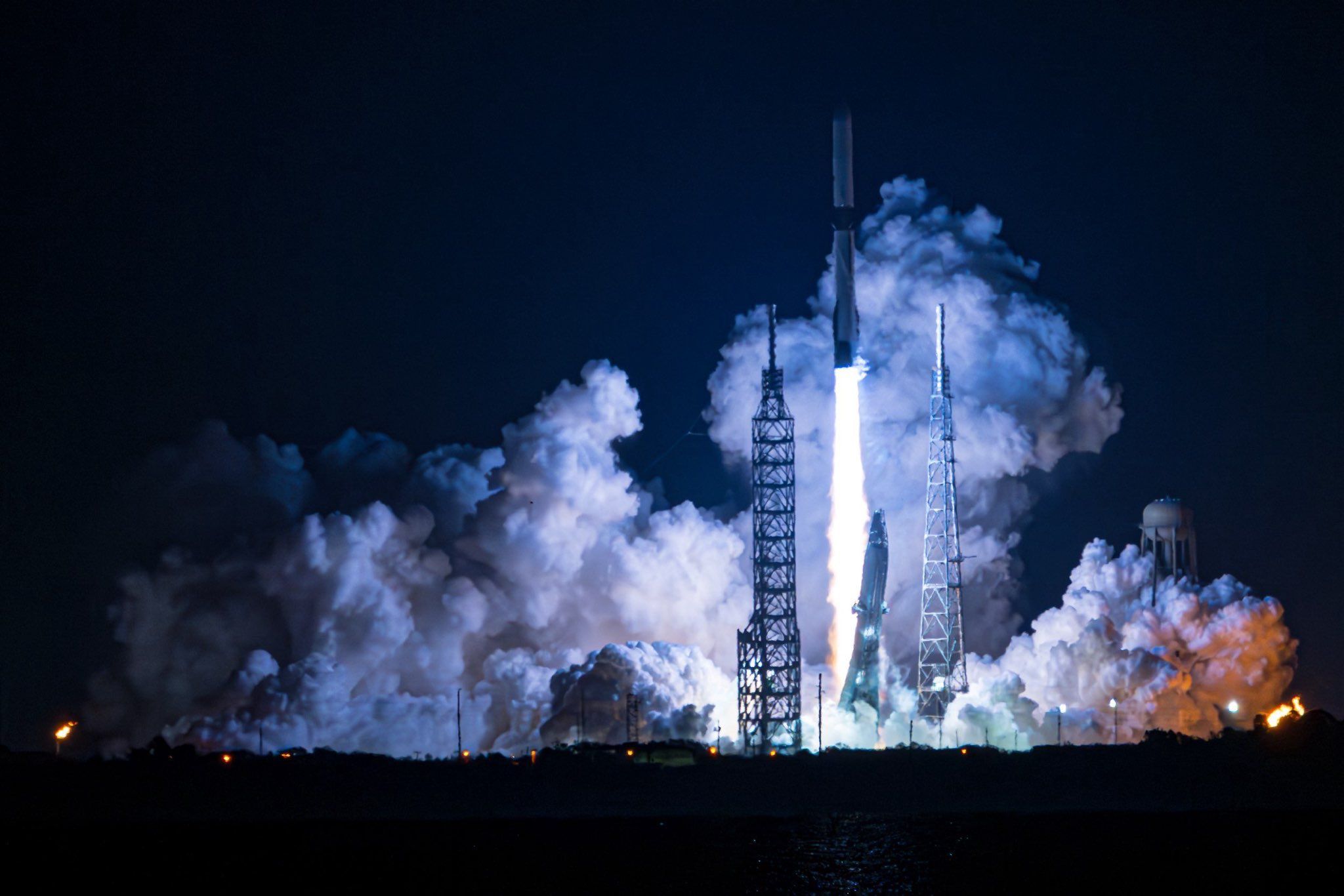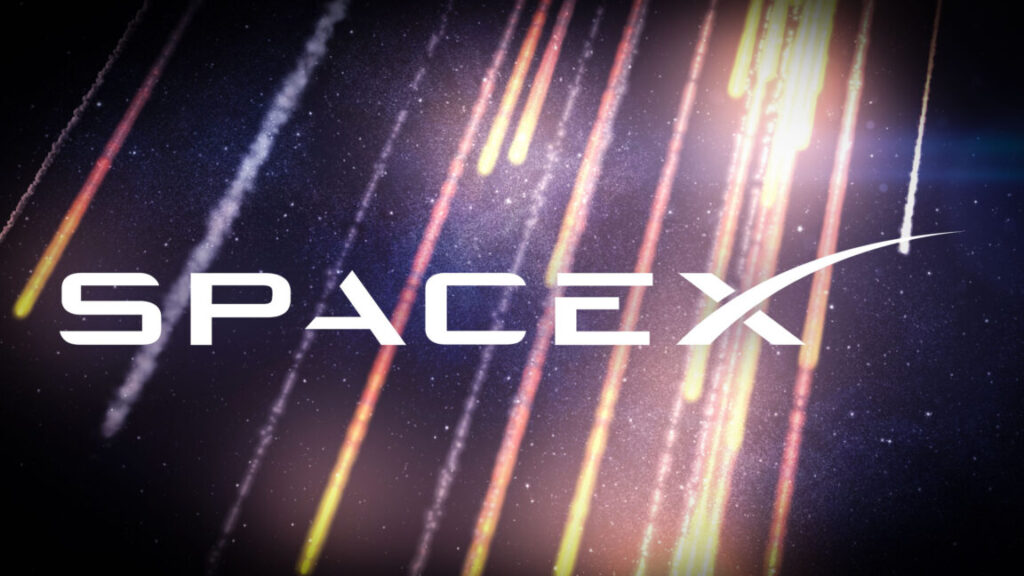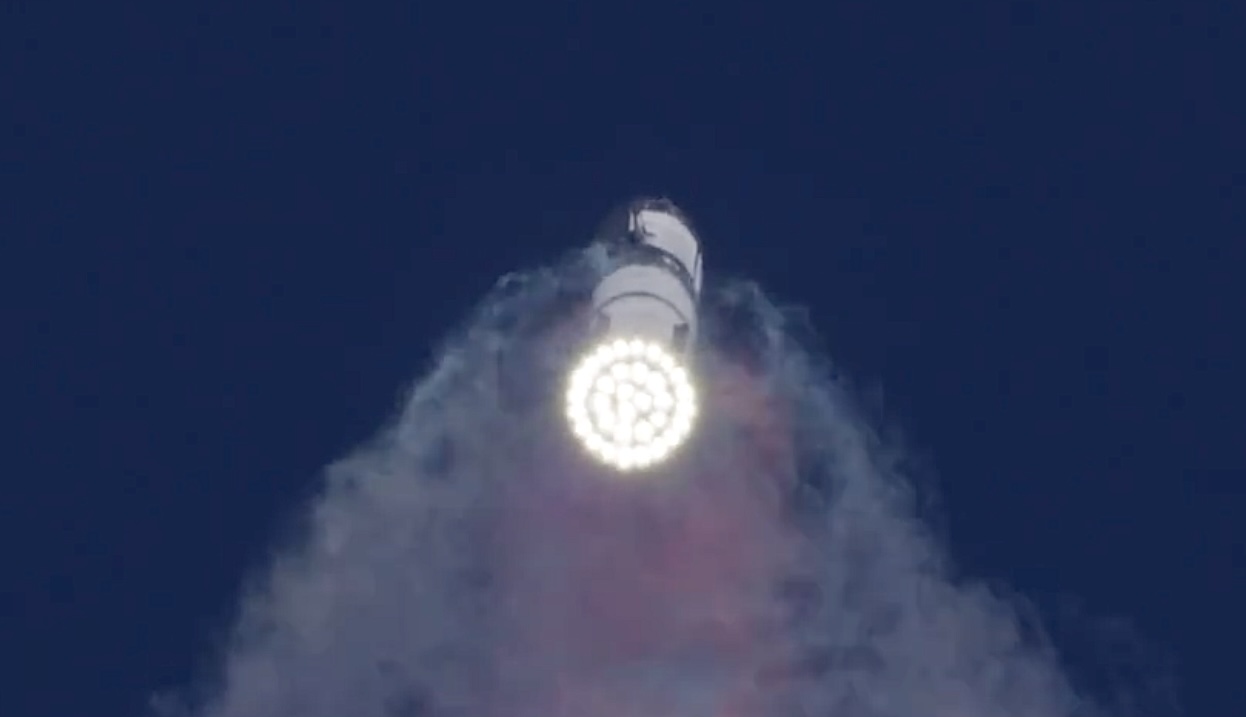Concern about SpaceX influence at NASA grows with new appointee
Like a lot of the rest of the federal government right now, NASA is reeling during the first turbulent days of the Trump administration.
The last two weeks have brought a change in leadership in the form of interim administrator Janet Petro, whose ascension was a surprise. Her first act was to tell agency employees to remove diversity, equity, inclusion, and accessibility contracts and to “report” on anyone who did not carry out this order. Soon, civil servants began receiving emails from the US Office of Personnel Management that some perceived as an effort to push them to resign.
Then there are the actions of SpaceX founder Elon Musk. Last week he sowed doubt by claiming NASA had “stranded” astronauts on the space station. (The astronauts are perfectly safe and have a ride home.) Perhaps more importantly, he owns the space agency’s most important contractor and, in recent weeks, has become deeply enmeshed in operating the US government through his Department of Government Efficiency. For some NASA employees, whether or not it is true, there is now an uncomfortable sense that they are working for Musk and to dole out contracts to SpaceX.
This concern was heightened late Friday when Petro announced that a longtime SpaceX employee named Michael Altenhofen had joined the agency “as a senior advisor to the NASA Administrator.” Altenhofen is an accomplished engineer who interned at NASA in 2005 but has spent the last 15 years at SpaceX, most recently as a leader of human spaceflight programs. He certainly brings expertise, but his hiring also raises concerns about SpaceX’s influence over NASA operations. Petro did not respond to a request for comment on Monday about potential conflicts of interest and the scope of Altenhofen’s involvement.
I spent this weekend talking and texting with NASA sources at various centers around the country, and the overriding message is that morale at the agency is “absurdly low.” Meetings between civil servants and their leadership, such as an all-hands gathering at NASA’s Langley Research Center in Virginia recently, have been fraught with tension. No one knows what will happen next.
Concern about SpaceX influence at NASA grows with new appointee Read More »

